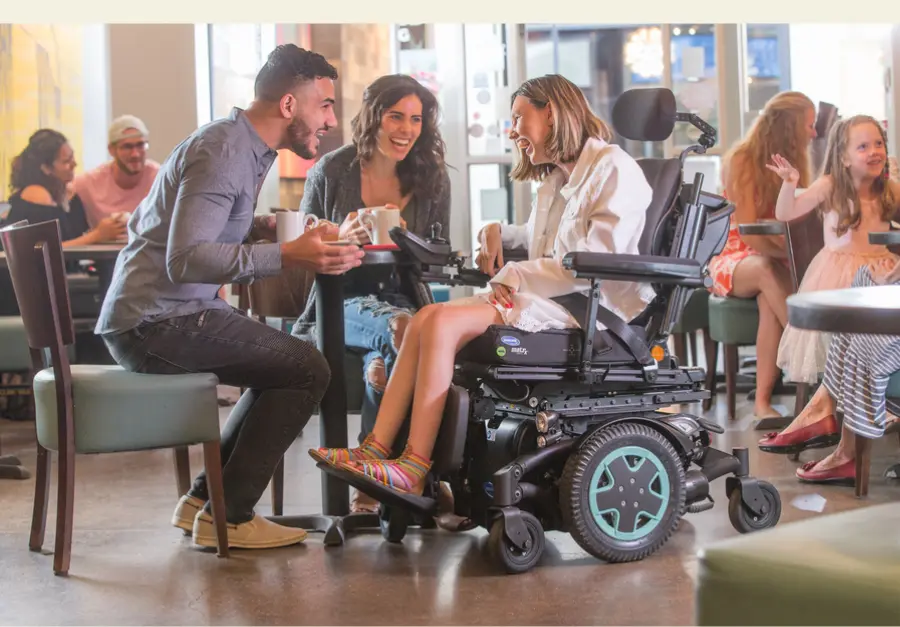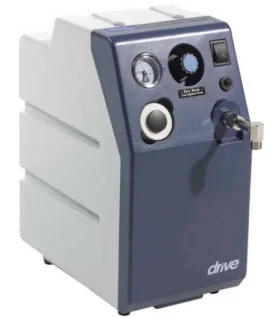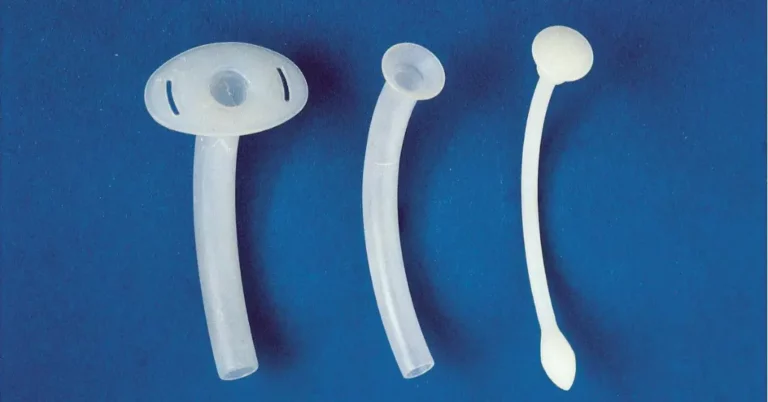Power Wheelchair Accessories: What Insurance Covers (and What It Doesn't)
Key Takeaways
What Power Wheelchair Accessories will insurance usually cover?
- Specialized Seat Cushions and Backrests (for pressure relief, posture)
- Headrests
- Manual/Power Elevating Leg Rests (ELR)
- Arm Troughs and Stump Supports
- Safety Belts and Positioning Straps
- Joystick and Control Modifications (if standard controls don’t work)
- Oxygen Holders
- Power Seat Elevation (if medically needed for transfers or daily tasks,
What Power Wheelchair Accessories is not commonly covered by insurance?
- Cup Holders
- USB Chargers
- Saddle Bags / Side Bags / Rear Baskets
- Cell Phone Holders
- Transfer Handles and Lap Trays (unless medically justified)
- Custom Paint Jobs or Decorative Wheel Covers
- Weather Covers
- Lighting Kits
- Touchscreen Joysticks / Attendant Controllers (unless medically justified)

For many individuals who rely on power wheelchairs, accessories are more than just extras; they are important parts that make the chair safer, more comfortable, and help with daily living. From special cushions to different ways to control the chair, these accessories can truly make a difference in your life. But a common question comes up: what power wheelchair accessories are covered by insurance, and what might you need to pay for yourself?
Understanding your insurance plan, especially what “medical necessity” means, is the most important step. This guide will explain what insurance usually covers and what it doesn’t, and help you get the accessories you need for your power wheelchair.
What "Medical Necessity" Means: Your Insurance Key
Insurance companies, like Medicare, Medicaid, and private health plans, mainly cover Durable Medical Equipment (DME) and accessories that are “medically necessary.” This means your doctor, physical therapist, or occupational therapist must clearly state and write down that a specific accessory is needed to:
- Help treat a medical problem.
- Make a body part work better.
- Stop your health from getting worse.
- Make it safer and easier for you to do daily activities in your home.
If there isn’t clear medical proof that an accessory is needed, insurance usually won’t cover it. This is true even for items that seem helpful but are mainly for convenience or looks.
Power Wheelchair Accessories Insurance Often Covers (and Why)
When an accessory directly helps your health, safety, or ability to move around, insurance is more likely to cover it. These items are key to making your power wheelchair truly work for you.
Here are some power wheelchair accessories that insurance often covers, though they usually need a detailed doctor’s order and explanation:
Specialized Seating and Positioning Systems:
- Seat Cushions and Backrests: Beyond the basic cushion your chair comes with, special cushions (like gel, air, or shaped foam) and contoured backrests are often covered. These are very important for Medicare coverage for power wheelchair seating systems, as they help prevent pressure sores, ease pain, provide good posture support, and fit your body’s specific needs.
- Headrests: These are usually covered if you need head and neck support, especially if you have conditions that affect head control.
- Limb Supports (e.g., Manual/Power Elevating Leg Rests, Arm Troughs, Stump Supports): As seen on models like the Jazzy Elite ES or the SHOPRIDER XLR 14, accessories such as manual elevating leg rests and arm troughs are covered when medically necessary. They help with swelling, improve blood flow, adjust for stiff joints, or provide proper arm and leg positioning. Individual power elevating leg rests (ELR) and power seat elevation (found on advanced models like the Invacare TDX SP2) are often covered if they are needed to relieve pressure, help you transfer safely, or reach things in your home. Stump supports are crucial if you have had an amputation.
Mobility and Control Enhancements:
Joystick and Control Modifications: If a standard joystick doesn’t work for you because of your physical limitations, other ways to control the chair are often covered. This includes swing-away joysticks (as seen on the SHOPRIDER XLR 14 and Merits Vision Ultra HD) or more advanced systems like sip-and-puff controls or head arrays. While some “touchscreen joysticks” or “attendant controllers” are listed as out-of-pocket in brochures (like the TDX SP2), they can be covered if a strong medical reason proves they are the only way you can safely use your chair on your own. This is a key area where the insurance approval process for power wheelchair joystick controls is very important.
Safety and Functional Components:
- Safety Belts and Positioning Straps: These are considered medically necessary to keep you safe, prevent falls, and help you maintain good posture in your wheelchair.
- Oxygen Holders: Many power wheelchairs, including the Pride Go Chair MED and Jazzy Elite models, list oxygen holders as covered accessories. This is very important if you need extra oxygen while using your chair. Understanding power wheelchair oxygen tank holder coverage is vital for patients with breathing conditions.
Power Wheelchair Accessories Insurance Usually Doesn't Cover

Many accessories, while helpful, usually don’t meet the strict “medical necessity” rules for insurance coverage. You’ll typically pay for these yourself.
Here are examples of accessories usually not covered:
- Convenience Items:
- Cup Holders: A common extra you pay for yourself across many models in the brochure (e.g., Pride Go Chair MED, Jazzy Elite ES, Invacare TDX SP2).
- USB Chargers: Also often listed as something you pay for (e.g., Pride Go Chair MED, Merits Vision Ultra HD).
- Saddle Bags / Side Bags / Rear Baskets: While useful for carrying personal items, these are generally not seen as medically necessary for the chair’s main purpose.
- Cell Phone Holders: Listed as an extra you pay for on models like the Jazzy Elite HD.
- Transfer Handles and Lap Trays: While they can help with daily tasks, they are often seen as convenience items unless a very specific medical reason for their need can be shown (e.g., for unique transfer needs or for eating).
- Looks-Based Items:
- Custom paint jobs, fancy wheel covers, or other purely cosmetic additions are almost never covered by insurance.
- General Use & Protection:
- Weather Covers: While they protect the chair, they are typically not considered medically necessary for your direct health condition.
- Lighting Kits: Often listed as something you pay for (e.g., SHOPRIDER XLR 14, Invacare TDX SP2). While they help you see, they are not usually seen as medically essential for the chair’s main use in your home.
It’s important to remember that insurance rules can differ. For example, while “touchscreen joysticks” or “attendant controllers” are often out-of-pocket, in rare cases, a very strong medical reason might lead to coverage if standard controls are clearly not enough. This shows why good documentation is so important.
Need A Power Wheelchair or Accessories?
Need personalized advice on power wheelchair accessories and insurance coverage? Call reach out to us through out contact form here to speak with one of our mobility representatives. We’re here to help you understand your options and benefits.
Disclaimer: This information is for educational purposes only and should not replace professional medical advice. Always talk to your doctor or healthcare provider for diagnosis and treatment of any medical condition. Insurance coverage depends on your policy, medical necessity rules, and your individual plan benefits.



